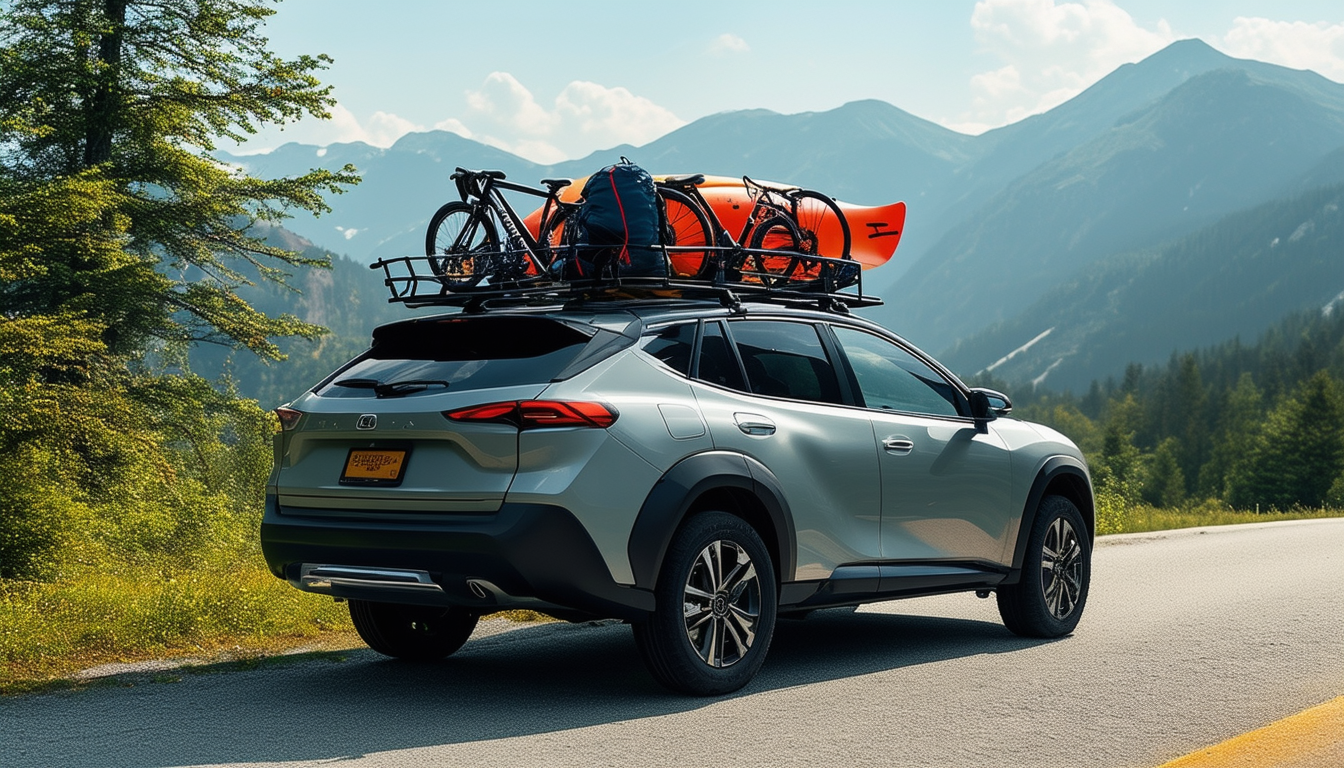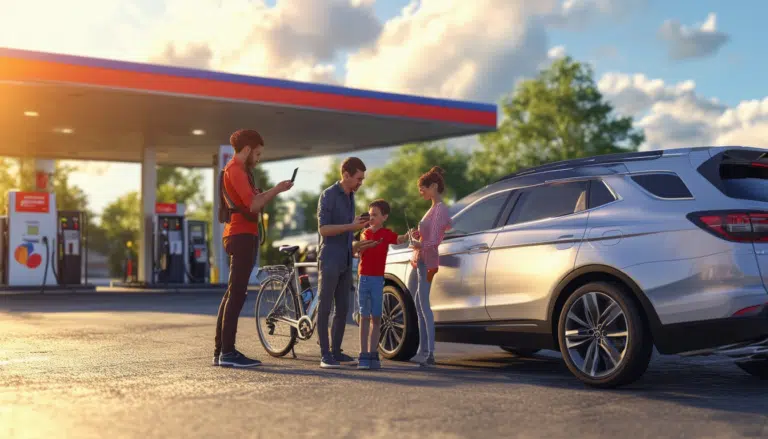Impact of the use of the roof rack on fuel consumption while driving

The use of a roof rack on a vehicle may seem like a convenient solution to increase cargo capacity, but it can have a significant impact on fuel consumption. The aerodynamics of the car is affected by the additional drag created by the roof rack, especially at high speeds. This phenomenon translates into an increase in fuel expenditure, which is important to consider both from an economic and environmental point of view. Understanding how and how much a roof rack can affect fuel efficiency will help drivers make more informed decisions when traveling.
When using a roof rack on a vehicle, there are significant consequences for fuel consumption. The aerodynamics of the car are altered, affecting its performance and efficiency. This article explores how the installation of a roof rack impacts fuel consumption, how the additional load increases drag, and what measures can be taken to mitigate these negative effects.
Aerodynamics and drag
Aerodynamics is a crucial factor considered during the manufacturing of a vehicle. However, added accessories, such as roof racks, are not taken into account in this design phase. Therefore, any bulky item placed on the roof rack, such as cargo boxes or luggage bars, can increase the drag of the vehicle, thereby increasing fuel consumption.
Studies on fuel consumption
Researchers from the Lawrence Berkeley laboratory and the National Renewable Energy Laboratory (NREL), Alan Meier and Yuche Chen, respectively, have analyzed the effect of roof racks on fuel consumption. In their study, published in the journal Energy Policy, they concluded that roof bars are responsible for an increase of 0.8% in the fuel consumption of light vehicles. However, when cargo boxes are used, this increase can reach up to 25%.
Additional consumption depending on vehicle consumption
To put it in perspective, if a car has an average consumption of eight liters per 100 kilometers, using a roof rack and a cargo box could increase consumption to ten liters. This represents a noticeable reduction in fuel efficiency, leading to higher expenses during journeys, especially on long trips.
Regulations and safety when using roof racks
Road safety is also an important aspect to consider. The Directorate-General for Traffic (DGT) warns that the back seats should not be used to transport items if the trunk does not have enough space. In the event of sudden braking, loose objects in the vehicle can increase their weight by 40 times at a speed of 50 km/h, which poses a significant risk.
According to Article 14 of the General Circulation Regulation, the load transported and the accessories must be properly secured to prevent them from moving or falling during driving. Non-compliance with this regulation can result in fines of up to 200 euros.
Considerations for roof rack installation
When installing a luggage rack, it is important to pay attention to the maximum authorized mass (MMA). Generally, roof racks can support a maximum weight of 100 kilos, although this may vary according to the manufacturer’s specifications. Additionally, it should be noted that the roof rack should not extend more than 10% of the vehicle’s length or 15% if it is indivisible.
The use of a roof rack in vehicles is becoming increasingly common, especially for those requiring additional transportation of luggage or equipment. However, it is essential to understand how this accessory affects the vehicle’s fuel consumption. The aerodynamics of a vehicle is designed to optimize fuel performance, and any added element, such as a roof rack, can significantly alter its functionality.
Several studies have shown that roof bars can increase fuel consumption by 0.8%. This may seem like a low percentage, but when vehicles are equipped with roof boxes, the increase in consumption can soar to 25%. This rise occurs because bulky accessories increase wind resistance, causing the engine to work harder to maintain speed. Therefore, it translates into higher fuel expenditure that can be observed in the vehicle’s performance.
In addition to increases in fuel consumption, using a roof rack can have safety implications. According to current regulations, transported items must be properly secured to avoid risks during driving. Any loose cargo can become a real hazard, especially in the event of sudden stops. In fact, inertia can multiply the weight of transported items, posing challenges when controlling the vehicle.
Thus, it is crucial to evaluate whether using a roof rack is necessary and, if opting to use one, to consider alternatives that may minimize its impact on fuel efficiency. Reducing speed, planning cargo space, and properly securing items are practices that contribute to more efficient and safe handling.




